Swazi Traditional Attire for Makoti
In the heart of southern Africa lies the Kingdom of Eswatini, a land rich in culture, traditions, and vibrant customs. Among the many facets of Swazi heritage, traditional attire holds a special place, serving as a symbol of pride, identity, and cultural expression. For a makoti (a new bride) in Swazi culture, donning traditional attire is not only a celebration of love and marriage but also an embrace of centuries-old customs and rituals.
The Essence of Swazi Traditional Attire For Makoti
Swazi traditional attire for Makoti is characterized by its colorful fabrics, intricate beadwork, and graceful silhouettes. Each garment worn by a Swazi makoti is a masterpiece of craftsmanship, reflecting the cultural richness and diversity of the Kingdom. From the majestic Emahiya (wrap) to the ornate Emahiya (headwrap), every element of Swazi attire tells a story of heritage and tradition.
The Emahiya (Wrap)
Central to Swazi women’s attire is the Emahiya, a voluminous wrap made from vibrant fabric adorned with bold patterns and colors. The Emahiya is more than just a piece of clothing; it is a symbol of femininity, strength, and cultural identity. Traditionally, the Emahiya is worn draped gracefully over the shoulders, with its length symbolizing the dignity and stature of the wearer.
The Lushushwana (Top)
Complementing the Emahiya is the Lushushwana, a beautifully embroidered top that adds a touch of elegance to Swazi attire. The Lushushwana is often adorned with intricate beadwork and delicate motifs, reflecting the wearer’s personality and status within the community. For a makoti, the Lushushwana serves as a symbol of her transition into married life and her role as a guardian of Swazi traditions.
The Emahiya (Headwrap)
No Swazi ensemble is complete without the Emahiya, a stunning headwrap that crowns the wearer with grace and beauty. The Emahiya is intricately crafted from colorful fabric and embellished with beads, shells, and feathers, creating a regal and majestic look. For a makoti, the Emahiya is not only a fashion accessory but also a symbol of respect, dignity, and cultural pride.
Accessories
In addition to the Emahiya and Lushushwana, Swazi traditional attire is often adorned with a variety of accessories that enhance its beauty and elegance. Makoti may wear beaded necklaces, bracelets, and anklets, each piece crafted with care and attention to detail. These accessories not only add to the overall aesthetic but also carry deep cultural significance, symbolizing aspects of Swazi spirituality and belief systems.
Preserving Heritage
In an increasingly globalized world, the preservation of traditional attire is essential for safeguarding cultural heritage and identity. For Swazi makoti, wearing traditional attire is a powerful expression of love, respect, and pride in their cultural heritage. Through the wearing of Swazi traditional attire, makoti reaffirm their commitment to honoring the customs and traditions passed down through generations.

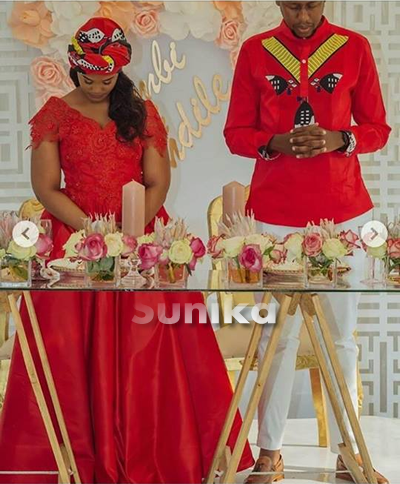
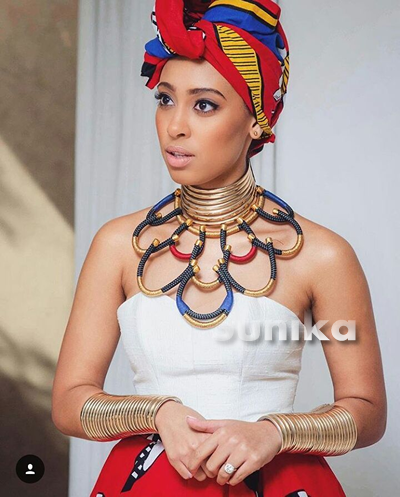
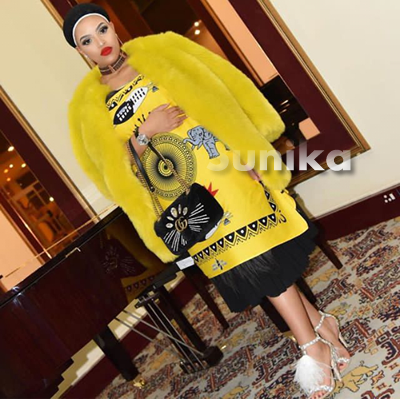
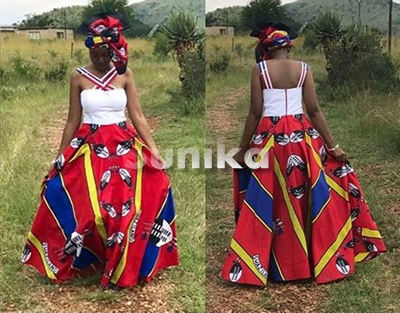
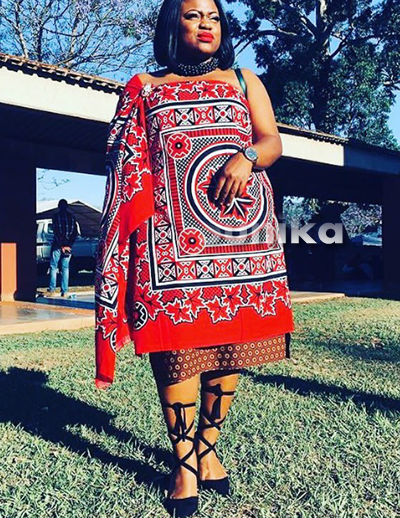
Conclusion
Swazi traditional attire for makoti embodies the beauty, elegance, and cultural richness of the Kingdom of Eswatini. From the majestic Emahiya to the intricate beadwork and embroidery, every element of Swazi attire tells a story of heritage and tradition. As we celebrate love and marriage, let us also celebrate the vibrant tapestry of Swazi culture, ensuring that its traditions continue to thrive for generations to come.


